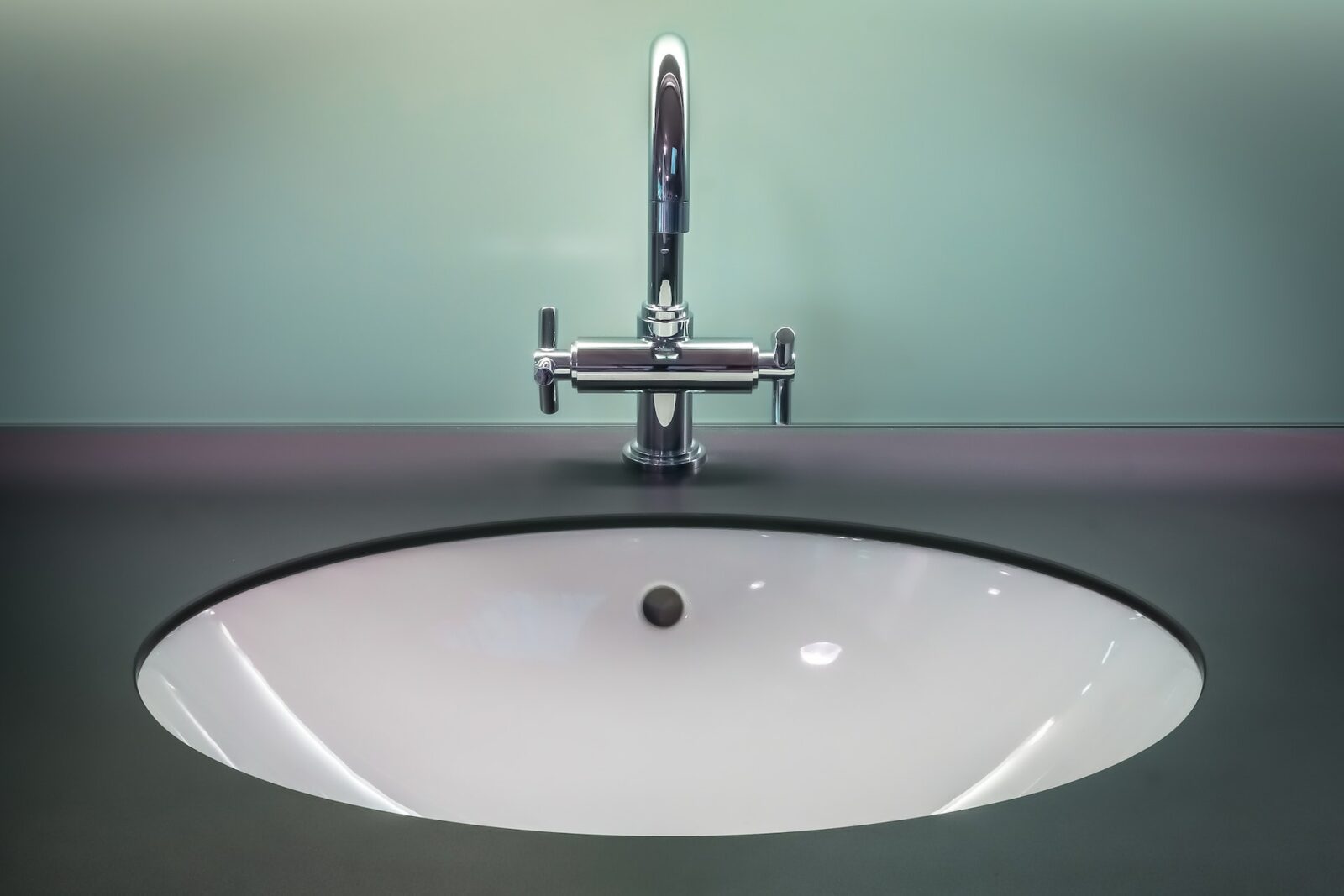Are you planning to replace your kitchen sink or just need to remove it for cleaning or repairs? Removing a kitchen sink is actually a fairly straightforward process that doesn’t require the expertise of a plumber. The key is to have the right tools and knowing how to systematically remove the components holding down the sink to make the job easy. A DIY-friendly task, here’s everything about how to remove a kitchen sink.
Before You Begin
Before you get started with removing your kitchen sink, assess what sink you have on hand first. Although a straight-forward process, it’s good to map out what kind of sink you’re removing. This allows you to navigate what areas of the sink to begin dismantling for easy removal as well as knowing whether or not you’ll need help.
Additionally, knowing how your sink was installed will guide you on how to remove it. For instance, removing undermount, wall-mounted and drop-in sinks will be a slightly different process.
With that said, here’s a step-by-step guide on how to remove a kitchen sink:
Gather Your Tools And Materials
To remove a kitchen sink, gather the following tools and materials:
- Basin wrench: This specialized wrench is used to loosen and tighten the slip nuts that connect the drain pipes to the sink.
- Adjustable pliers: These pliers can be used to loosen stubborn drain pipes or mounting clips that may be stuck in place.
- Silicone sealant remover: If your sink is sealed in place with silicone caulk, you’ll want to have silicone sealant remover to loosen the sealant and make it easier to remove the sink.
- Microfiber cloth: Have cleaning cloths ready to wipe up leaks and minor spills as you work. It also makes cleaning up debris and any leftover sealant easier if you wipe as you go.
- Screwdriver: A screwdriver is optional but good to have on hand. For sinks that are secured with screws rather than mounting clips, you’ll need a screwdriver to remove them.
Turn Off The Water Supply To The Sink
Before getting to work on the kitchen sink, turn off the water. Locate the shut-off valves under the sink or the main water supply to the house. Turn it off so you don’t have to deal with unwanted spills or flooding while you work on the sink.
Clear The Countertop
Next, remove all items from the sink and clear the area around the sink. You’ll want to have plenty of room to work with and have easy access to all the parts of the sink.
Disconnect The Drain Pipes
To begin removing the sink, use the basin wrench to loosen the slip nuts that connect the drain pipes to the sink. Once the nuts are loose, you can remove the kitchen sink pipes by hand. If the pipes are stuck, you may need to use adjustable pliers to gently wiggle them loose.
Remove the sink mounting clips or screws
Depending on how your sink is installed, it may be held in place by mounting clips or screws. Use the basin wrench or a screwdriver to remove the clips or screws.
Remove The Sink From The Countertop
Once the mounting clips or screws have been removed, gently lift the sink up and out of the countertop. If the sink is stuck, you may need to use a silicone sealant remover to loosen any glue or sealant around the edges.
Disconnect The Faucet
If you’re planning to replace the sink, you’ll need to disconnect the faucet as well. Use the basin wrench to loosen the mounting nuts and lift the faucet off the sink.
Clean Up Any Debris Or Sealant
Use a towel or rag to wipe down the countertop and remove any debris or sealant that may have been left behind.
When To Call A Plumber
There are a few different types of sinks that may require the help of a professional plumber. If you find yourself faced with any of the following sinks, we suggest calling a plumber to do the job.
- Undermount Sinks
These sinks are installed under the countertop, with the sink basin mounted underneath and the countertop material extending over the top edge. These sinks are typically secured with mounting clips or brackets that are hidden under the countertop, so it can be difficult to access and remove them without damaging the countertop.
A plumber may be able to remove an undermount sink by carefully lifting the sink and countertop together and removing the mounting clips or brackets.
- Integral Sinks
These sinks are made of the same material as the countertop, so they are essentially one unit. Removing an integral sink requires removing the entire countertop, which can be a complex and labor-intensive process. This is typically a job best left to a professional plumber or contractor.
- Wall-Mounted Sinks
These sinks are mounted to the wall rather than the countertop, and they may require the help of a plumber to remove if they are mounted to a concrete or brick wall. Removing a wall-mounted sink may involve cutting through the wall or removing tiles or other materials to access the mounting brackets or screws.
- Heavy Sinks
Just because you know how to remove a kitchen sink, it doesn’t necessarily mean that you should. Sinks that are made out of heavy material such as cast iron, concrete, granite and copper should be reconsidered as a DIY job. For safety reasons, you shouldn’t be removing a heavy sink by yourself.
If you’re confident with your DIY skills, get the help of another person to help with the lifting of the sink. Alternatively, you can hire a plumber to handle heavy kitchen sink removal.
Ultimately, whther or not you need a plumber to remove a sink depends on your own level of experience and comfort with plumbing tasks, as well as the specific installation of your sink. If you’re not sure whether you can handle the job on your own, it’s always a good idea to err on the side of caution and have a plumber get the job done.
With the above outlined simple steps, you can easily remove kitchen sinks and have it out of the way for cleaning, repairs, or replacement. Just be sure to have your tools ready and know what type of sink you’re removing beforehand.
Related posts:
 Can You Paint Tile Backsplash?
Can You Paint Tile Backsplash?
 Small Space, Big Style: A Guide to Mobile Home Kitchen Remodel
Small Space, Big Style: A Guide to Mobile Home Kitchen Remodel
 How Tall is a Kitchen Island? And Many More Frequently Asked Questions around Islands Answered by Experts
How Tall is a Kitchen Island? And Many More Frequently Asked Questions around Islands Answered by Experts
 The Timeless Beauty of White Oak Kitchen Cabinets
The Timeless Beauty of White Oak Kitchen Cabinets
 European Kitchen Cabinets: A Comprehensive Guide for Homeowners
European Kitchen Cabinets: A Comprehensive Guide for Homeowners



